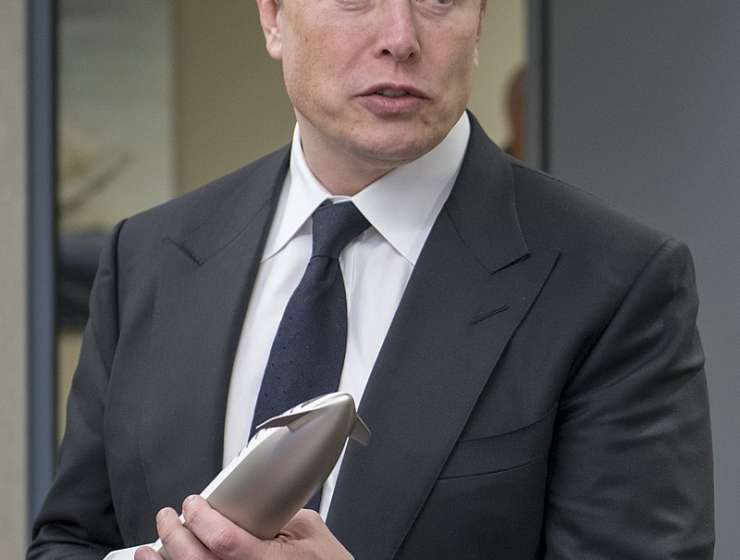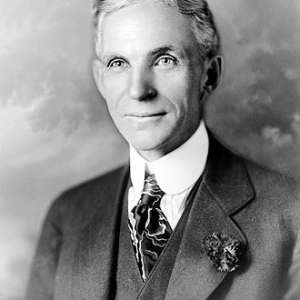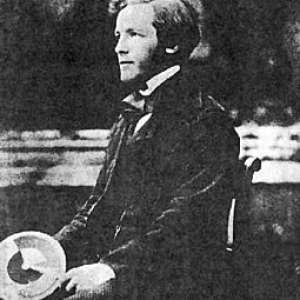
Five, four, three...” At T-minus three seconds white flames explode from the 22-story rocket. “Two, one. Liftoff.” The night sky erupts with light and fire and clouds of smoke, as nine engines generating 1,320,000 pounds of thrust push the vehicle skyward at NASA’s storied Cape Canaveral launchpad. The road to orbit is short but marked with a series of technical miracles, and the rocket hits them all: 17,000 miles per hour to break from Earth’s atmosphere. First and second stage separation. Second stage ignition. In minutes it’s over: The capsule carrying 1,000 pounds of cargo is in orbit, racing toward a docking with the International Space Station, itself traveling so fast it circles the Earth 15 times a day, the second such flight of the Falcon 9 and its Dragon capsule since May. “It proves that we didn’t just get lucky the first time around,” says the rocket’s chief designer, Elon Musk. “Next year we expect four to five launches, the year after that eight to ten, and the launch rate will increase by 100 percent every year for the next four to five years.” At that rate Musk, a self-taught engineer and Internet whiz kid, will be launching more rockets than even China or Russia.










































